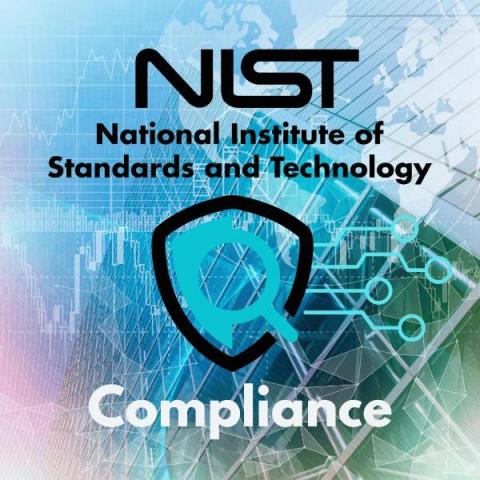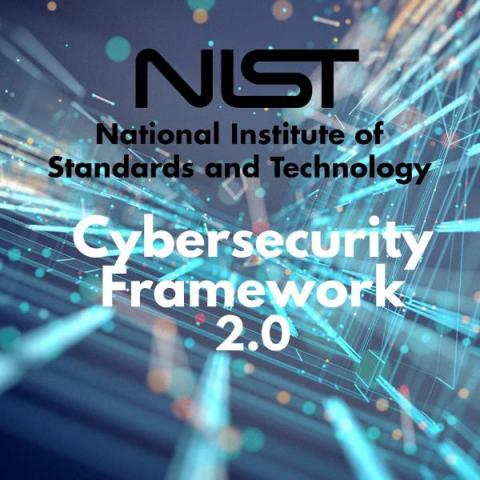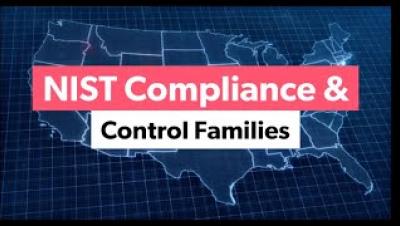NIST Compliance for Enhanced Security
In today’s ever-evolving digital landscape, organizations operating in regulated industries face the challenge of meeting stringent regulatory requirements to ensure the security and privacy of their systems and data. NIST compliance, guided by key NIST publications, plays a vital role in helping organizations navigate these complex regulatory landscapes effectively.






